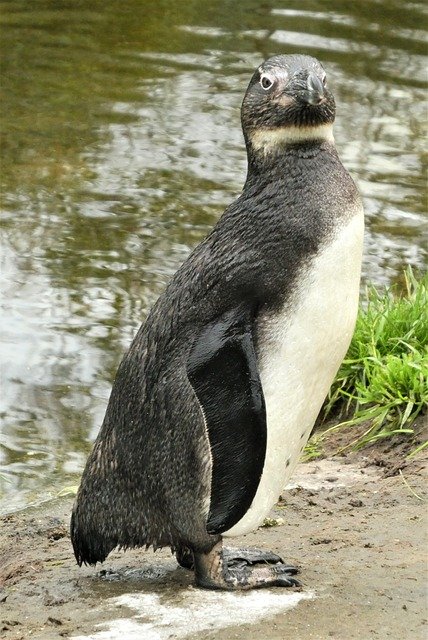The Fascinating World of Penguin Parenting: A Look at Their Unique Reproductive Strategies

The Fascinating World of Penguin Parenting: A Look at Their Unique Reproductive Strategies
Penguins are known for their unique and fascinating parenting strategies that help them survive and thrive in their harsh Antarctic environment. Here are some of the key aspects of penguin parenting that make them stand out:
Monogamous Relationships
Most penguin species form monogamous pairs that last for multiple breeding seasons. These strong bonds help penguins work together to raise their offspring and ensure their survival.
Shared Parenting Duties
Both male and female penguins take turns incubating the eggs and caring for the chicks. This shared responsibility allows penguins to balance the demands of hunting for food and protecting their young.
Chick Rearing
Penguin chicks require constant care and attention from their parents. They are fed regurgitated food by both parents until they are old enough to fend for themselves.
Colony Living
Penguins often nest in large colonies, where they can benefit from safety in numbers. Living in close proximity to other penguins allows for communal protection and shared warmth during the cold Antarctic winters.
Adaptations for Survival
Penguins have evolved a variety of adaptations to help them thrive in their challenging environment. From their waterproof feathers to their streamlined bodies for efficient swimming, penguins are well-equipped for life in the icy waters of the Antarctic.
In conclusion, the world of penguin parenting is a fascinating and complex one, filled with unique strategies and adaptations that have allowed these remarkable birds to successfully raise their young in one of the harshest environments on Earth. Studying penguin parenting can provide valuable insights into the ways that animals adapt to their surroundings and ensure the survival of future generations.
